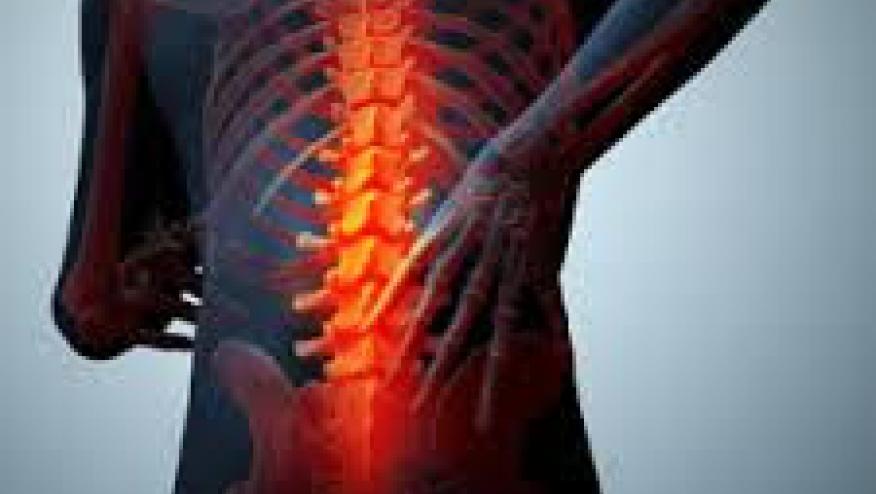Spinal Manipulation Equal to NSAIDS for Acute Low Back Pain Save

JAMA has published a review of 15 RCTs (1711 patients) analyzing the role of spinal manipulation therapy in patients with acute low back pain. The authors found modest improvements in pain and function at up to 6 weeks, with temporary minor musculoskeletal harms.
Back pain is among the most common symptoms prompting patients to seek care. Lifetime prevalence estimates of low back pain exceed 50 percent. Treatments for acute back pain include analgesics, muscle relaxants, exercises, physical therapy, heat, spinal manipulative therapy (SMT) and others, with none established as superior to others. Paul G. Shekelle, M.D., Ph.D., of the West Los Angeles Veterans Affairs Medical Center, Los Angeles, and colleagues conducted a review and meta-analysis of previous studies to assess the effectiveness and harms associated with spinal manipulation compared with other nonmanipulative therapies for adults with acute (six weeks or less) low back pain.
Of 26 eligible randomized clinical trials (RCTs) identified, 15 RCTs (1,711 patients) provided moderate-quality evidence that SMT has a statistically significant association with improvements in pain. Twelve RCTs (1,381 patients) produced moderate-quality evidence that SMT has a statistically significant association with improvements in function. No RCT reported any serious adverse event. Minor transient adverse events such as increased pain, muscle stiffness, and headache were reported 50 percent to 67 percent of the time in large case series of patients treated with SMT. Heterogeneity (differences) in study results was large, and was not explained by type of clinician performing SMT, type of manipulation, study quality, or whether SMT was given alone or as part of a package of therapies.
The authors write that the size of the benefit of SMT for acute low back pain is about the same as the benefit from nonsteroidal anti-inflammatory drugs, according to the Cochrane review on this topic.








If you are a health practitioner, you may Login/Register to comment.
Due to the nature of these comment forums, only health practitioners are allowed to comment at this time.